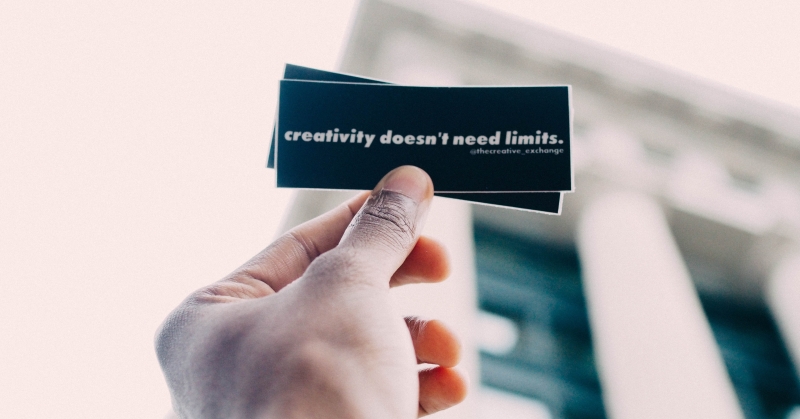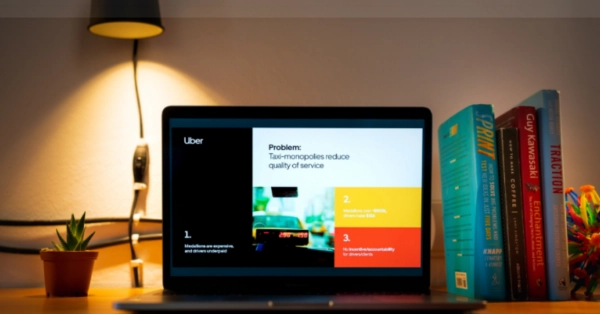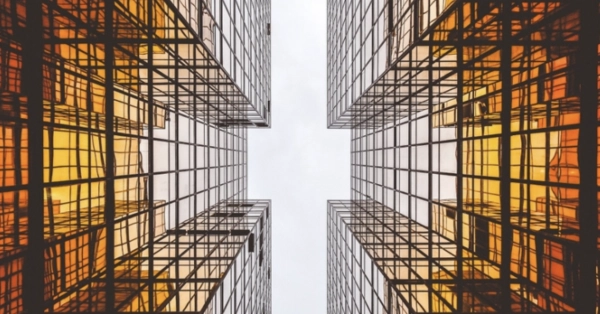Creative interventions (also known as art-based initiatives) consist in actions involving people, practices or products promoted and carried out by creatives / artists who enter the world of ”traditional”organisations. This phenomenon has become more common in recent years in the search for new ways of seeing and doing things in organisations.

There are some strong examples showing that creative interventions or inclusions are based on the idea that businesses can overtake and learn from the knowledge, skills, models and values inherent in different fields of art.
What forms can creative interventions take?
The examples below can actually demonstrate how effective the cooperation between the creative and artistic sectors with other non-creative sectors can be:
- conductors of orchestras and choirs taking part in management trainings that focus on team coordination - sharing ways to guide a big team through a long process to reach a common goal (using their experience of working with musicians and orchestras)
- theatre actors giving tips on body language and public speaking and using specific exercises to improve participants' skills
- dancers cooperating with interior designers and artists, contributing to the creation of organizations’ visions and development plans
Creative interventions are powerful ways to positively impact existing processes, organisations, audiences or situations and also to explore new ways of expression (in different fields of arts) to broaden their limits and purpose.
In 2013, at the final conference of the European Commission funded project Creative Clash, KEA European Affairs (an international policy design research centre specialised in culture and creative industries, sport, education and youth) presented practices of artistic intervention in Europe.
They stated that “artistic interventions in organisations consist in bringing people, products and processes from the arts into the workplace. Creative or artistic interventions are original forms of guidance to organisations wishing to encourage creativity, self-development, disruptive thinking, new interactions with a view to making their organisation more effective and productive, better equipped to confront challenges, inspired by increased solidarity and better working conditions.“
Through creative interventions, creatives and artists use their skills in new contexts, where they facilitate change and meet the needs of organisations for innovative solutions. This need is critical, as fast-changing times call for agile readjustments.
How do creative interventions actually work?
The company wellbeing is at the core of the creative interventions. Some examples include tools & techniques to foster teambuilding, communication training, leadership development, problem solving and innovation processes as well as to contribute to strategic process of organisational transformation, involving personal development and leadership, culture and identity, creativity and innovation, as well as customer relations and marketing.
In fact, the key value that non-creative - or ”traditional” - businesses gain from the creative interventions consists in getting support from creative people, artists, their practices, services and products in addressing, exploring and overcoming:
a) critical issues the organisations are facing including:
- miscommunication
- interpersonal conflicts
- deficiencies in leadership
- improper delegation
- resistance to collaboration
- stifled innovation
- aversion to risk
- avoidance of responsibility
- passivity
- damaged confidence
- lack of focus
- dysfunctional relationships
- conflicting values
- mistrust and disrespect
- challenges in customer relationships
b) situations arising from these problems that may result in serious obstacles for the organisations, that may face difficulties in:
- expanding internationally
- innovating their products, services, processes and technologies
- switching to more ethical and socially responsible practices, by understanding employees’ problems and needs in order to generate a quality working environment, networking with other employers & partners
- recovering from bankruptcy - a process that may result in tense emotional issues in organisations
- managing time and resources effectively
To sum it up, the most significant benefits are:
- getting fresh perspectives from different stakeholders (managers, employees, artists and sometimes mediating organizations that offer creative interventions)
- engaging employees, collaborators or entrepreneurs themselves in productive and impactful practices improving their wellbeing and peer-to-peer experiences
- gaining key contributions to strategic and operational factors as productivity, efficiency, recruitment and reputation. This however is an area that is less mentioned in the research publications, including collaborative ways of working and personal development
- working collaboratively rather than simply together to support teams and engaging them in the change process
- creating informal physical and intangible spaces to experience new ways of seeing, thinking, and doing things that add value for them both on a personal and a professional level.























